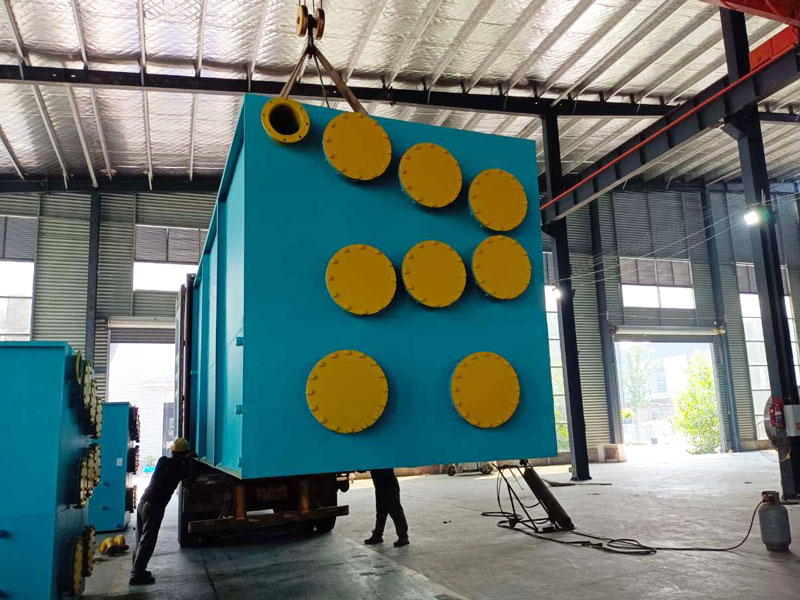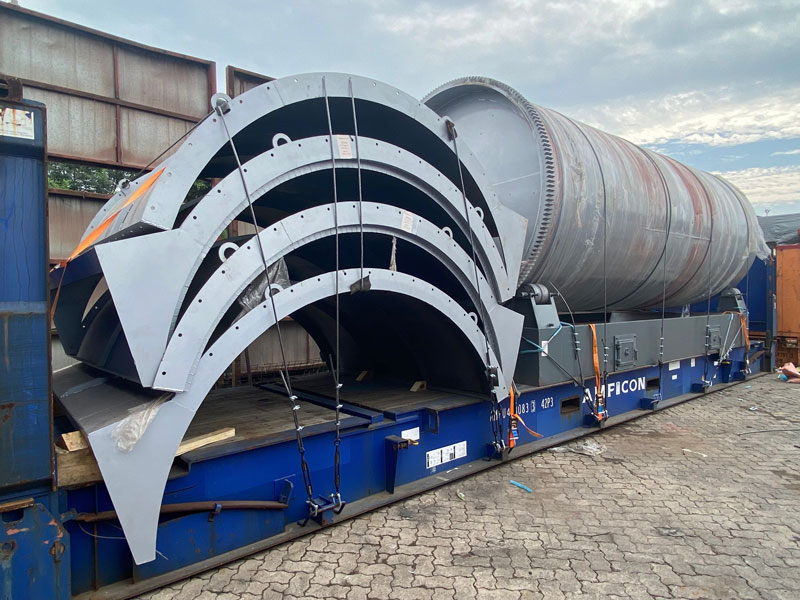Waste tyre pyrolysis is a highly effective process that converts discarded tyres into valuable end products, such as oil, gas, and char. These products can be utilized in various industries, reducing the environmental impact of waste tyres while generating a sustainable source of energy. However, the successful operation of a waste tyre pyrolysis plant requires following specific best practices to ensure safety, efficiency, and compliance with local regulations. Keep reading to learn some of the best practices for operating a tyres pyrolysis plant.

Pyrolysis Plant Shipped to India in September 2022
Site Selection
The first step in operating a waste tyre pyrolysis plant is selecting a suitable site for the plant. The site should be located away from residential areas and have easy access to transportation. It should also comply with local regulations, such as obtaining permits and conducting an environmental impact assessment. It’s crucial to consult with the local community to gain their support and address any concerns they may have about the plant’s potential impact on the environment and their well-being.
Plant Design and Equipment Selection
The plant design and equipment selection are critical factors that determine the plant’s efficiency and safety. The plant layout should be designed with safety in mind and ensure easy access to all parts of the equipment for maintenance and repair. The equipment used should be of high quality, designed for the specific needs of the plant, and regularly maintained to prevent breakdowns and increase its lifespan. View the some options https://bestonmachinery.com/plastic-pyrolysis-plant/.

BLJ-10 Beston Pyrolysis Plant Shipped to India in September 2022
Feedstock Preparation
Preparing the waste tyres before processing is an essential step in waste tyre pyrolysis. The tyres should be sorted to ensure that they are free of contaminants such as metal, sand, and dirt. Contaminants can damage the equipment and reduce the quality of the end products. Preparing a consistent feedstock helps optimize production, and reducing contamination and ensuring a uniform size and moisture level can improve the overall efficiency of the process.
Operational Best Practices
To operate a waste tyre pyrolysis plant effectively, it’s essential to follow safe operating procedures at all stages of the process. Monitoring and controlling strategies should be implemented to maintain optimal conditions, such as temperature, pressure, and feed rates. Regular maintenance and cleaning of equipment help prevent failure and ensure long-term sustainability of the plant.
Product Quality Control and Utilization
To maintain product quality, quality control measures should be implemented throughout the process. The end products should meet industry standards and be used in various sectors such as energy, construction, and manufacturing. Utilizing the products can reduce the environmental impact of waste tyres, promote sustainable practices, and generate economic value. When you plan to process oil sludge, view this type https://bestonmachinery.com/thermal-desorption-unit/.
The successful operation of a waste tyre pyrolysis plant requires adherence to best practices for safety, efficiency, and compliance with local regulations. Site selection, plant design, equipment selection, feedstock preparation, operational best practices, and product quality control and utilization are essential aspects of operating a plant. Regular review of these best practices, along with continuous improvement, will ensure a sustainable and successful operation. By following these best practices, we can contribute to a cleaner and greener planet while generating economic value.